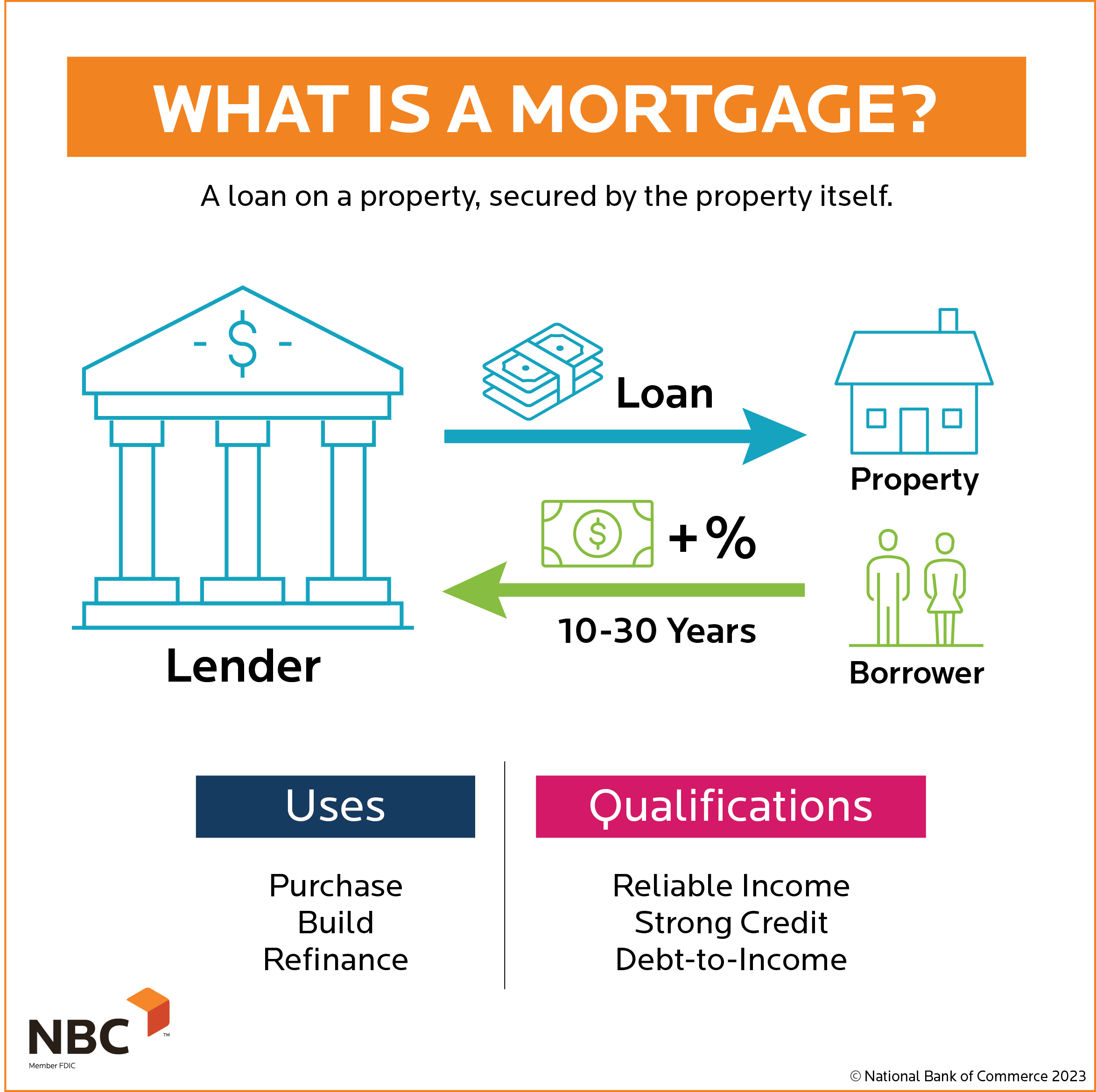Understanding Conventional Mortgage Loans: Advantages and Requirements
Understanding Conventional Mortgage Loans: Advantages and Requirements
Blog Article
The Crucial Elements to Think About When Picking In Between Fixed-Rate and Adjustable-Rate Mortgage Finances
When assessing home loan choices, borrowers encounter a crucial decision between fixed-rate and adjustable-rate loans, each offering possible challenges and distinct benefits. Secret considerations such as passion price security, predictability in month-to-month settlements, and the effects of prospective price adjustments can considerably impact long-term monetary health.
Rate Of Interest Stability
When selecting a home loan, recognizing rate of interest rate security is essential for informed decision-making. Interest prices can significantly impact the total cost of a home mortgage, and recognizing the nature of these prices is crucial for borrowers.
On the other hand, variable-rate mortgages (ARMs) begin with lower initial prices that might change regularly based upon market problems. While this can cause lower settlements at first, it additionally presents uncertainty, as borrowers might encounter raised settlements if rates of interest increase. For those considering an ARM, it is important to assess the possibility of price modifications, the possibility for repayment increases, and the length of the preliminary fixed-rate duration.
Ultimately, the choice in between fixed-rate and adjustable-rate mortgages pivots on specific risk tolerance and economic circumstances. Understanding rate of interest rate security helps customers make informed decisions that straighten with their long-lasting economic goals.
Regular Monthly Repayment Predictability
While customers commonly prioritize rate of interest stability, the predictability of monthly settlements is equally important in the mortgage selection process (Conventional mortgage loans). Monthly settlement predictability plays an important role in budgeting and monetary preparation, as it directly influences a home owner's cash money circulation and total economic health and wellness
Fixed-rate home mortgages provide a consistent regular monthly settlement throughout the life of the lending, allowing debtors to prepare for and prepare their expenses efficiently. This stability can be specifically helpful for first-time buyers or those on a fixed income, as it removes the uncertainty linked with varying repayments.
Alternatively, variable-rate mortgages (ARMs) generally feature reduced initial payments that can transform with time, bring about potential variability in month-to-month commitments. While at first attractive, this changability can complicate financial planning, specifically if debtors do not account for future rate adjustments.
Possible Price Changes
In the world of variable-rate mortgages (ARMs), prospective rate changes represent a substantial factor that customers have to thoroughly take into consideration. Unlike fixed-rate mortgages, where the rates of interest remains unchanged for the life of the lending, ARMs are characterized by changing rates of interest that are tied to market indices. This variability can bring about significant changes in regular monthly settlements, affecting the borrower's monetary preparation and budgeting.
Customers must be aware of the margin and index used to determine these adjustments, as they directly influence future rate of interest rates. In addition, ARMs frequently consist of caps that limit how much the rate of interest rate can raise at each adjustment and over the life of the finance, which can give some level of protection versus drastic price walkings.
Understanding these potential modifications is essential for borrowers, as they straight impact long-term settlement obligations. For that reason, examining personal financial situations and take the chance of tolerance is essential when deciding whether an ARM lines up with one's financial goals.
Funding Term Considerations
Financing term considerations play an essential duty in the decision-making process for consumers choosing in between fixed-rate and adjustable-rate home loans. The size of the finance term substantially influences month-to-month repayments, rate of interest prices, and overall economic preparation.

Eventually, debtors must analyze their personal situations, financial goals, and market problems when weighing the ramifications of financing term options within each home loan type.

Total Cost of Loaning
The total expense of borrowing is a vital aspect that can significantly affect a consumer's choice in between fixed-rate and adjustable-rate home mortgages. Fixed-rate home loans offer predictable regular monthly payments, as the rates of interest stays constant throughout the funding check my blog term. This predictability can cause reduced general prices, particularly in a secure or declining rates of interest environment. Borrowers can budget plan efficiently, knowing their settlements will not fluctuate.
Conversely, variable-rate mortgages (ARMs) usually begin with reduced first rates, leading to decreased ahead of time expenses. However, these prices can increase after an initial period, leading to potentially higher long-term prices. Consumers need to consider the frequency and level of rate modifications, as well as the general loan duration, to precisely examine the monetary effects.
Furthermore, the overall cost of borrowing includes not only rate of interest however additionally fees and other linked prices, such as closing expenses and insurance policy (Conventional mortgage loans). When examining home mortgage alternatives, consumers must carry out a detailed price evaluation over the life of the financing. By doing so, they can make an enlightened decision that aligns with their economic objectives and risk resistance
Conclusion
Finally, picking in between adjustable-rate and fixed-rate mortgage lendings demands cautious factor to consider of several vital aspects. Rate of interest security and month-to-month payment predictability are critical for effective budgeting, while the capacity for rate changes in ARMs presents financial unpredictability. In addition, the anticipated duration of homeownership and the overall expense of loaning, including rates of interest and linked fees, should line up with individual financial situations and take the chance of tolerance. Such a thorough analysis will facilitate enlightened decision-making in home mortgage option.
Trick factors to consider such as interest rate stability, predictability in regular monthly repayments, and the implications of prospective price changes can substantially impact long-lasting financial health and wellness. Rate read this post here of interest rates can substantially impact the overall price of a home mortgage, and identifying the nature of these rates is important for borrowers. Unlike fixed-rate mortgages, where the rate of interest price stays unchanged for the life of the car loan, ARMs are defined by rising and fall passion prices that are connected to market indices. Additionally, ARMs commonly consist of caps that restrict how a lot the rate of interest price can enhance at each change and over the life of the finance, which can offer some level of security against extreme price walkings.
Passion rate stability and monthly repayment predictability are critical for effective budgeting, while the possibility for rate modifications in ARMs introduces economic unpredictability.
Report this page